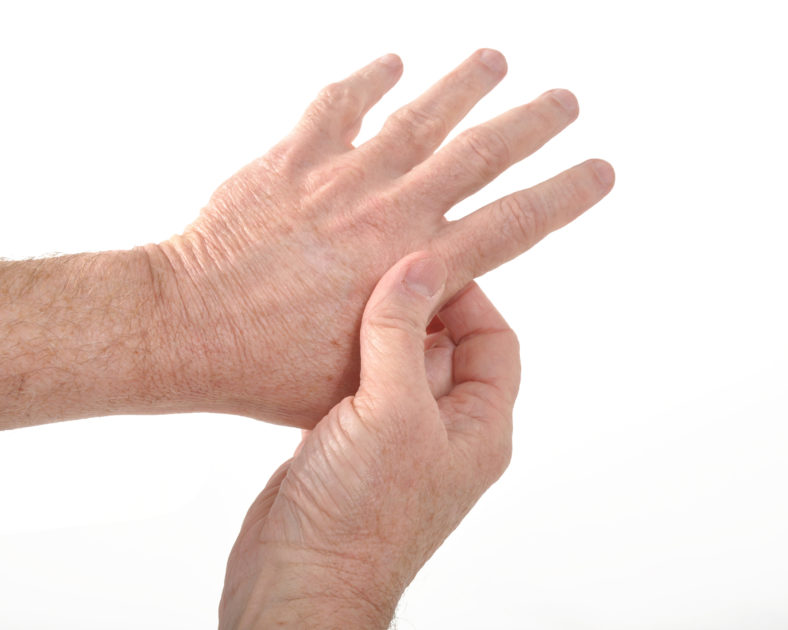
by Comprehensive Orthopaedics | Sep 27, 2017 | anatomy, Anti-aging, Wellness
WEDNESDAY, Sept. 27, 2017 (HealthDay News) — Falls and fractures are a major cause of disability in old age. An influential U.S. medical task force is recommending exercise and, in some cases, medical evaluation to help seniors stay on their feet. But the new...

by Comprehensive Orthopaedics | Sep 13, 2017 | Anti-aging, arthritis, pain, Wellness
Rheumatoid arthritis, a painful disease in which a person’s immune system attacks the joints, appears to be more common among people in certain types of jobs, researchers suggest. The findings “indicate that work-related factors, such as airborne harmful...

by Comprehensive Orthopaedics | Sep 5, 2017 | Wellness
Backpacks can mean backaches for schoolchildren, but an orthopedic surgeon has advice for parents and kids about how to keep soreness at bay. “Parents should inspect their child’s backpack from time to time,” said Dr. Joshua Hyman of New...



